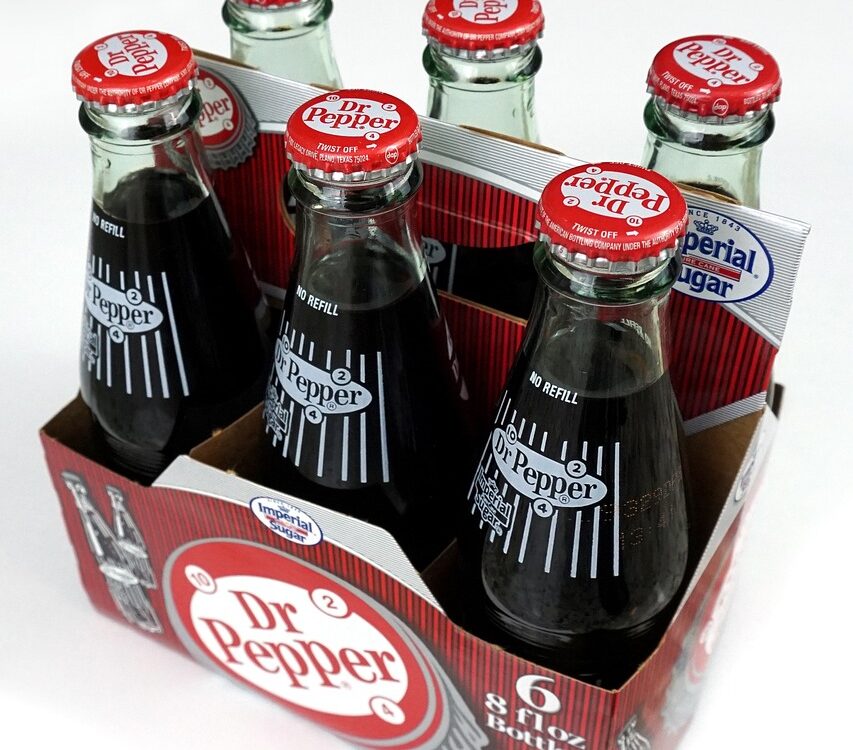
The Economic Side of Predicting the Weather
December 6, 2023
How We See the Economy
December 8, 2023I have read (but cannot confirm) that in 2011, a Red Lobster employee observed two gentlemen consuming 782 shrimp during 5.5 hours when the chain had its “Endless Shrimp” promotion.
Now, instead of every September, “Endless Shrimp” was added to the everyday menu.
And that was the problem.
“Endless Shrimp”
This was the press release:
Initially priced at $20, the meal’s possibilities included Crispy Dragon Shrimp, Walt’s Favorite Shrimp, Garlic Shrimp Scampi, Grilled Shrimp Skewer, or any other two shrimp dishes with a choice of a side and Cheddar Bay Biscuits.
But you did not have to stop there. You could keep on ordering more and more shrimp:
![]()
Added to boost foot traffic, the new menu item was successful. Too successful. During its earnings call, Red Lobster told investors that it had a third quarter operating loss of more than $11 million. Responding, they raised the “Endless Shrimp” price to $25.
Our Bottom Line: All-You-Can-Eat Economics
As economists, whether looking at “Endless Shrimp” demand or supply, we should remember economist Alfred Marshall (1842-1924). A professor at Bristol and Cambridge, he was the scholar who encouraged us to think at the margin. Defined as where we decide if we want something extra, the margin is the place we make most decisions. Marshall saw that extras matter because their value varies. We decide whether to hire an extra worker by comparing the extra revenue to the extra wage. When we consider sleeping an extra 15 minutes, we think of the marginal benefit (the pleasure) and the marginal cost (no time for breakfast).
“Endless Shrimp” is all about the margin. As eaters and eateries contemplate how much extra, they are dealing with all-you-can-eat. On the supply side, the restaurant enjoys an economy of scale. Buying and cooking so many extra industrial farm-raised shrimp from Indonesia, Vietnam, India, and China, Red Lobster lowers the per item cost. At the same time, on the demand side, margin also kicks in. Here though, it’s diminishing marginal utility. With marginal meaning extra and utility, satisfaction, with diminishing marginal utility we get less extra pleasure from each additional bite. It’s like the tenth chocolate chip cookie that we enjoy less than the first one. Because of diminishing marginal utility, we should have eaten fewer extra shrimp and returned to the restaurant less frequently.
But it did not quite work out that way.
My sources and more: For an “Endless Shrimp” update, I recommend the NY Times. Please note that today, we included several sentences from previously published posts. Also, while all of my sources said you initially order two shrimp dishes, the Red Lobster website said three.
![econlifelogotrademarkedwebsitelogo[1]](/wp-content/uploads/2024/05/econlifelogotrademarkedwebsitelogo1.png#100878)





1 Comment
“But it did not quite work out that way” because of behavioral economics.
– It tickles the cheating resentment instinct (validated not merely in humans, but in many other primates) because not eating gluttonously in the higher-priced meal seems to be subsidization of other pigs.
– It tickles the sunk cost fallacy because reduced marginal utility of the last bite gets eclipsed by the thought of not taking full advantage of the more expensive shrimp order.
–The result is less profit for the restaurant, and unhealthy gluttony for the patron.